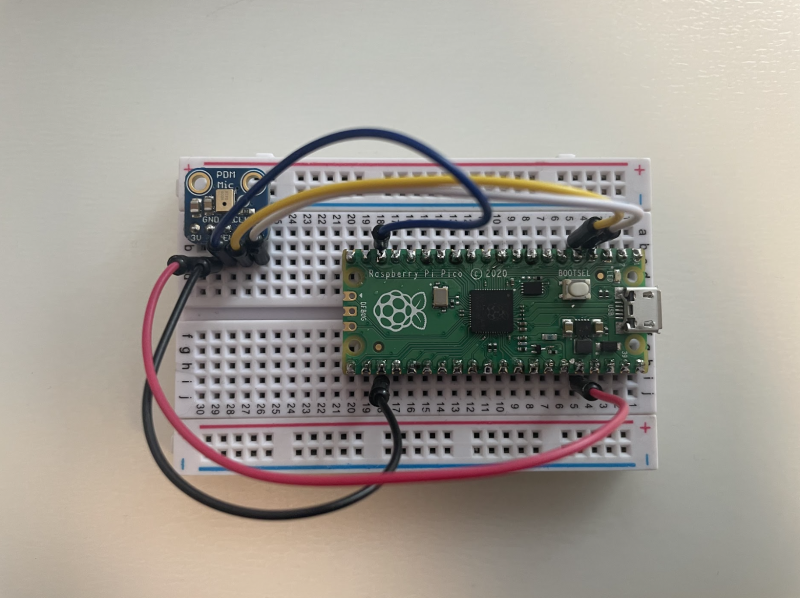After working for various companies as a software engineer in Ottawa, and also working remotely with Arduino, he started looking for a new way to use his expertise with embedded and mobile devices. There’s not much better place than Arm for that, and when an acquaintance of his mentioned a position coming up, he jumped at the chance.
He’d already worked on a Raspberry Pi Pico project before joining Arm – if you cast your mind back to 2021 around the time Pico was released, he built a way to add Ethernet to Pico via the PIO. It was even featured on the blog. Since then, he’s been putting out software and hardware projects of varying levels of complexity, and has really shown off the power of Raspberry Pi in the process.
Sandeep’s builds
Give a plant a personality
“[A favourite project of mine] was using Pico W to create a plant that texts you when it needs water, after it’s been watered, good morning/night, and random jokes,” Sandeep says. “It was the first time I used MicroPython, and it was fun to use the Pico W to give a plant a personality.”
See sound in real time
Building on the Pico microphone project, this project shows how you can create cool visualisers for sound using a display also hooked up to Pico. These specific visualisations are audio spectrograms, which display sound as amplitude over time for cool visual effects.
Create a USB microphone
Pico can do a lot with its PIO capabilities – and it also has an ADC (analogue-to-digital converter) onboard. Combining the ability to connect to a system as a USB device while also listening to a microphone means you can create a custom Pico-powered mic. It’s an interesting and fairly cheap way to add a mic to a computer.





